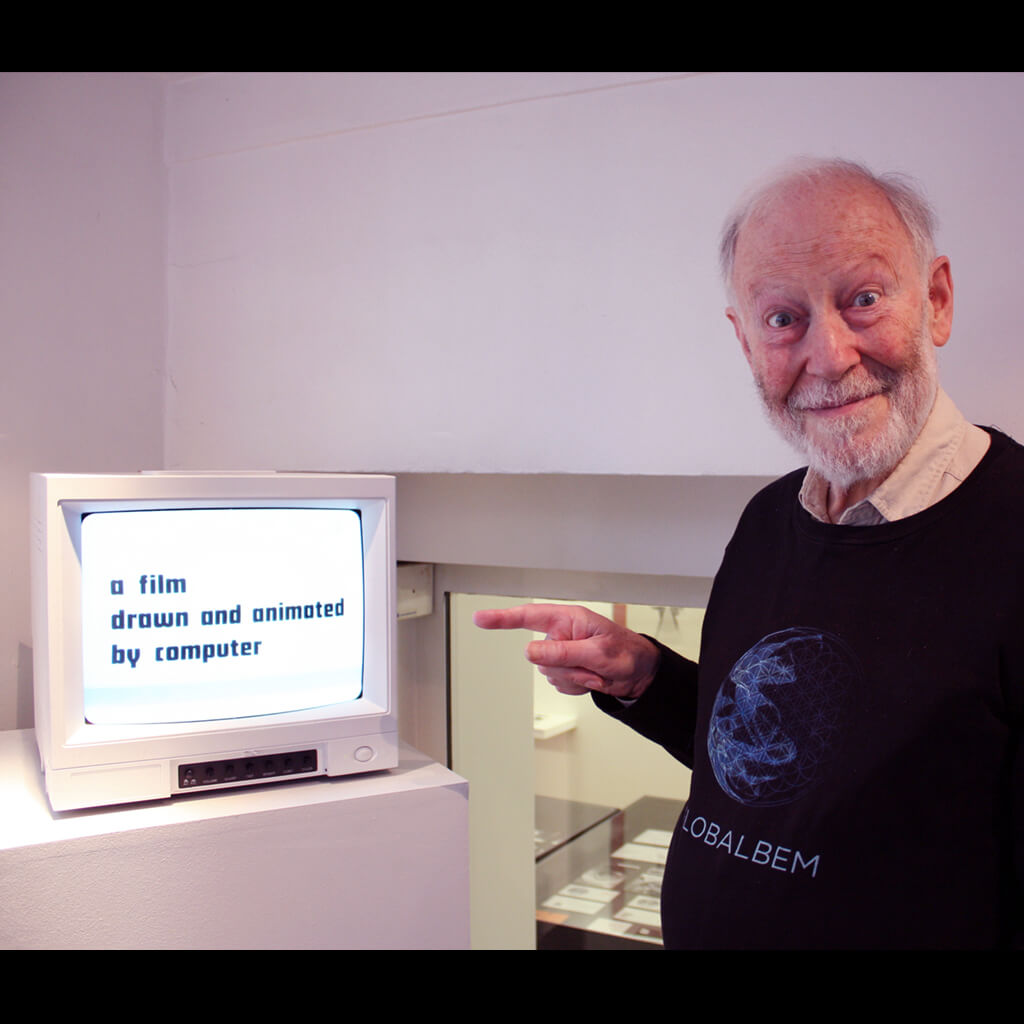The digitised creature drawn with outstretched wings, was ‘cut up’ into lines. These lines were transformed by the program written in FORTRAN, but whereas TP used FORTRAN to create what us animators call ‘character animation’, Csuri used it to do a thing called ‘morphing’.
Csuri took a line and told the computer to transform that line’s x/y co-ordinates over time, whereas what TP did was say to the computer, okay – this frame you draw these co ordinates…the next frame these… and so on – and he did this in such a way as to create, character animation working with the Flexipede’s ‘imaginary body mechanics’.
Morphing is a technique in the character animators tool kit, but Csuri didn’t use it to create character animation. The bird does not appear sentient like Kitty and Flexipede do, or to move using joints. It’s a manipulated still drawing, not a cartoon character with it’s own imaginary skeleton and physics. Does hummingbird care? Probably not. It’s in the MoMA.
Csuri never claimed to have created the first computer-animated character. He apparently agrees that he created the words first morphing images – (although at the time of the bird’s creation, the term hadn’t been coined.)
And so it looks like The Flexipede is still in the running as the world’s first computer animated character… if it weren’t that is, for Michael Noll with his Computer Ballet, made way back in 1965.

